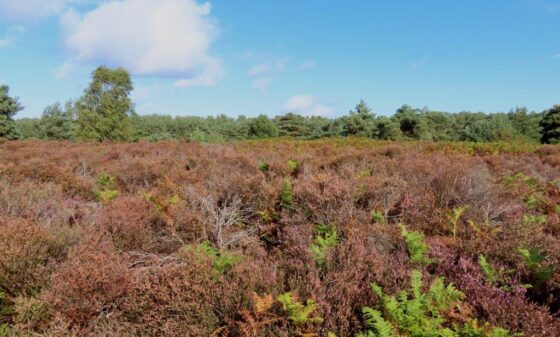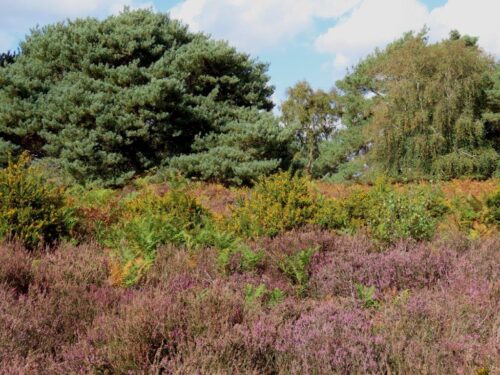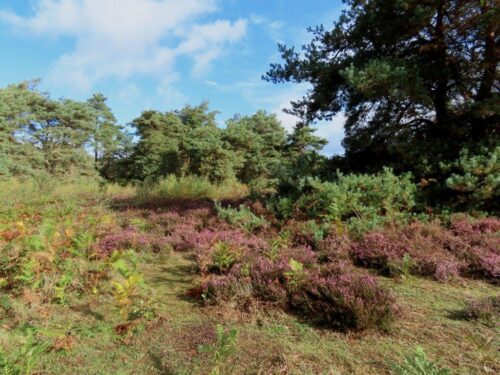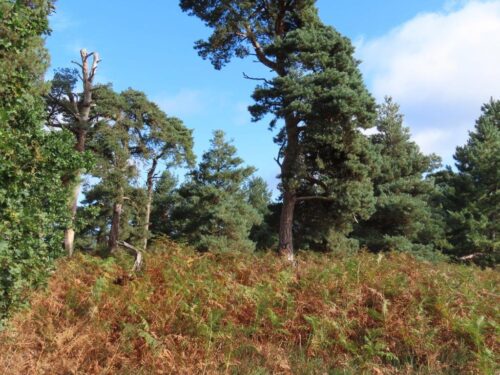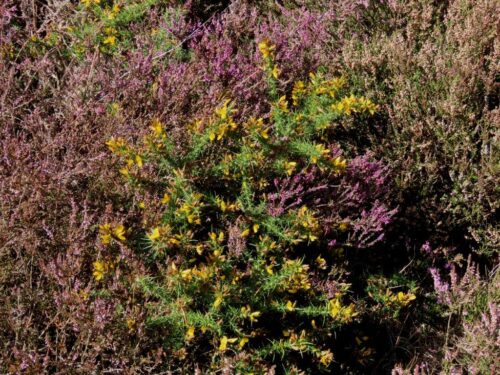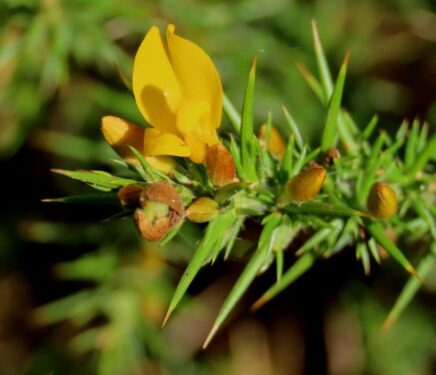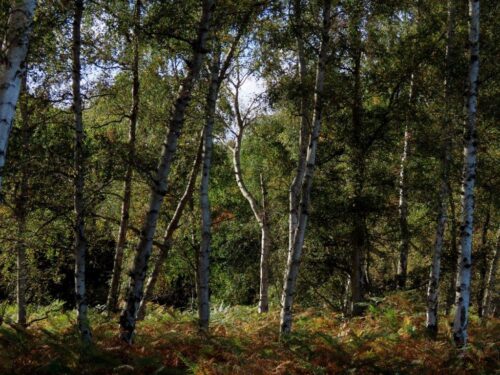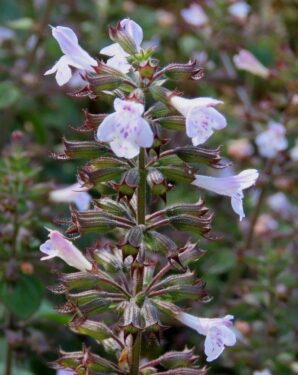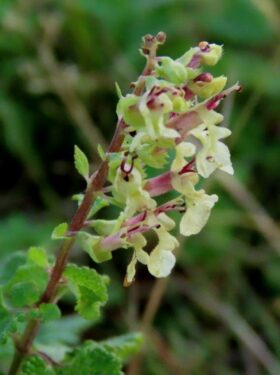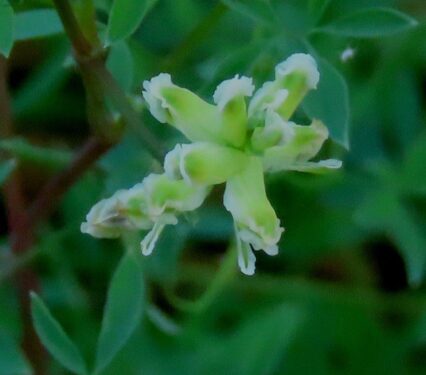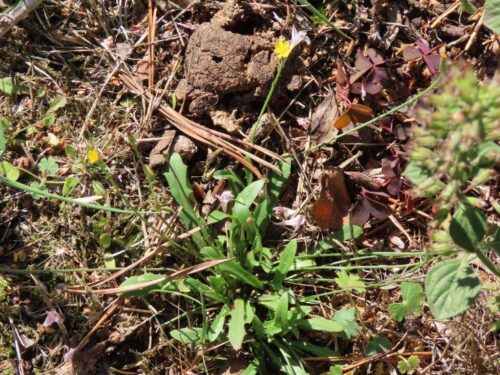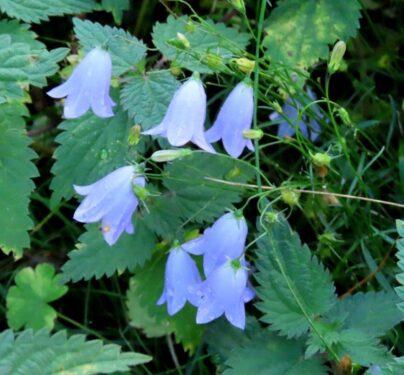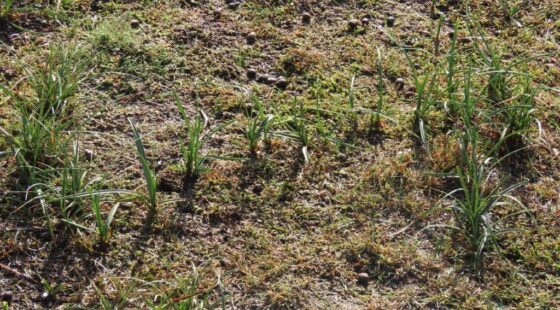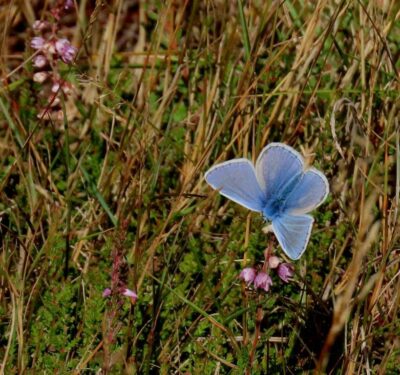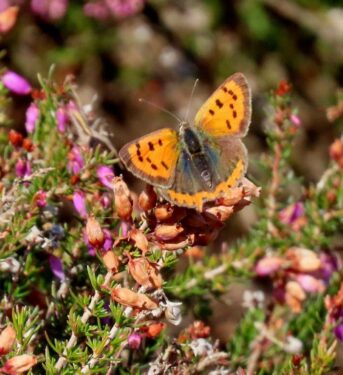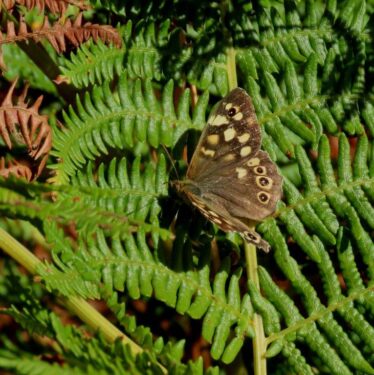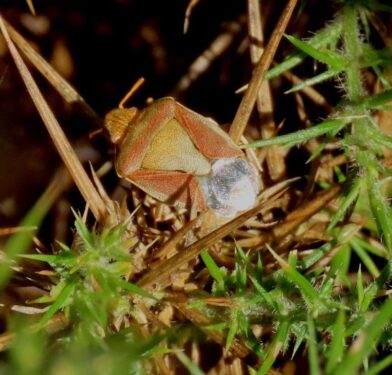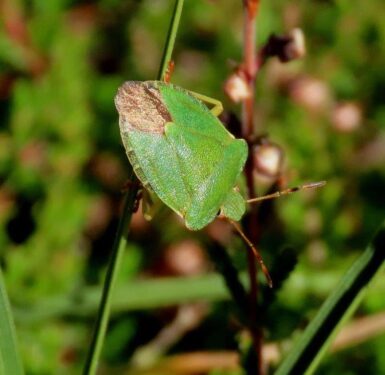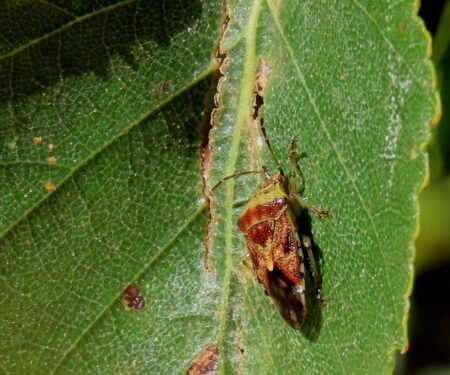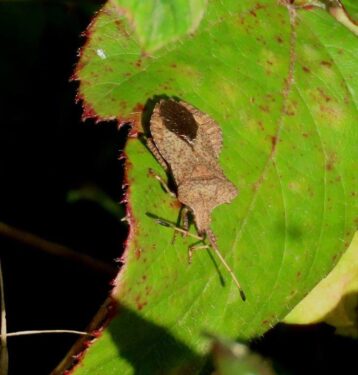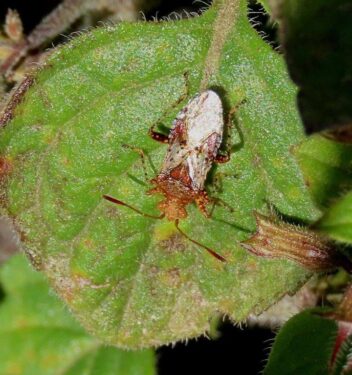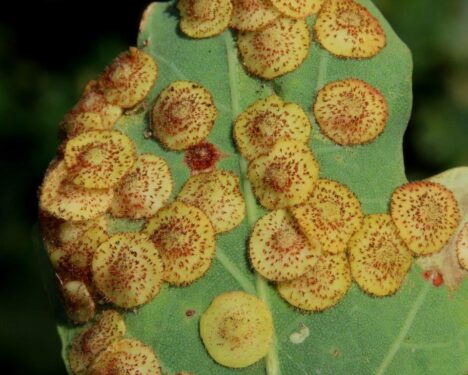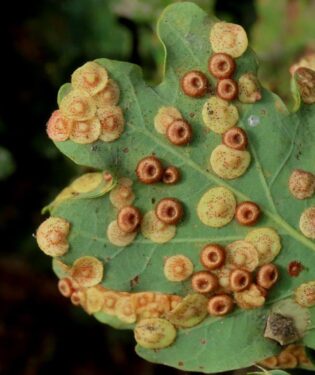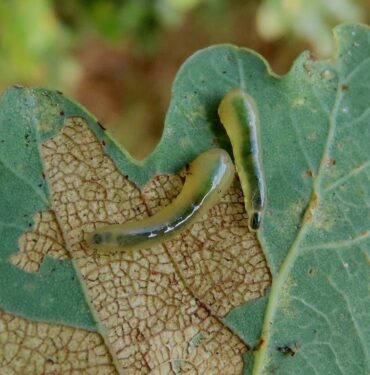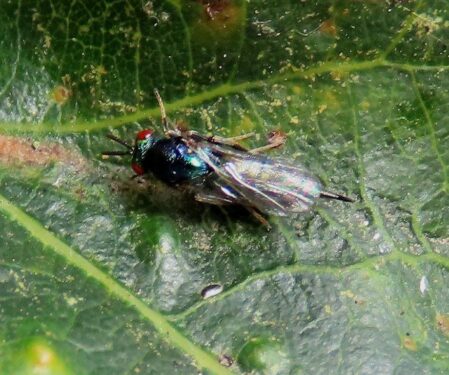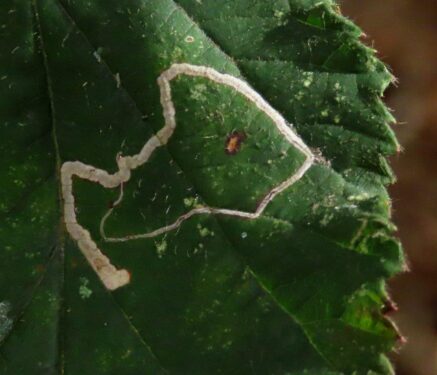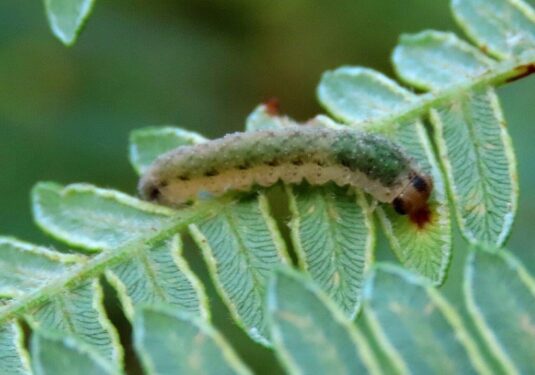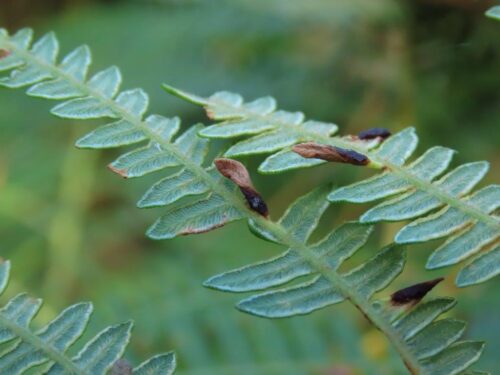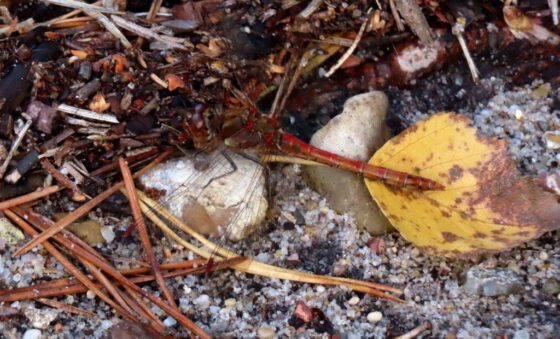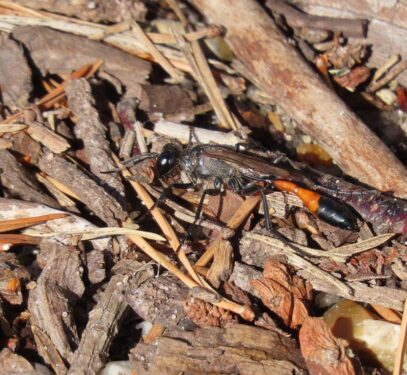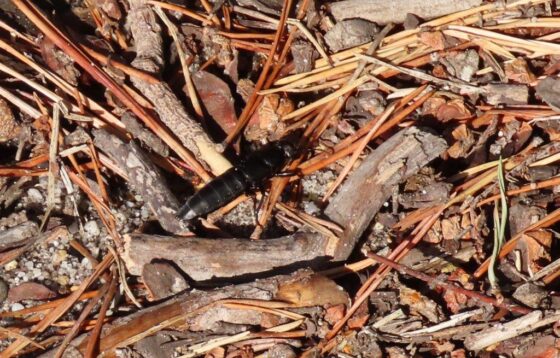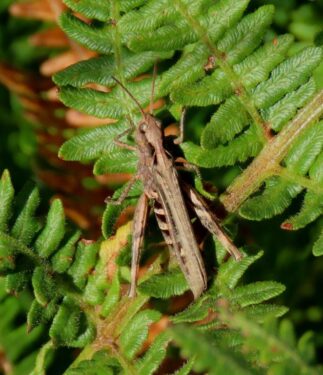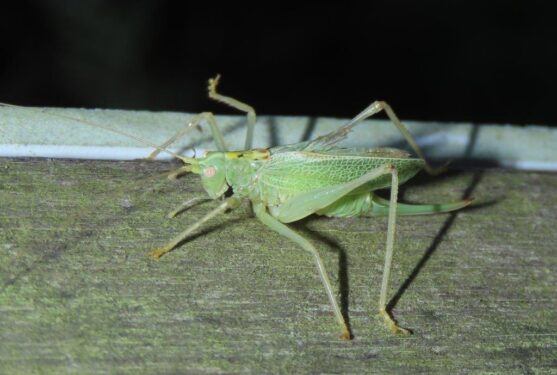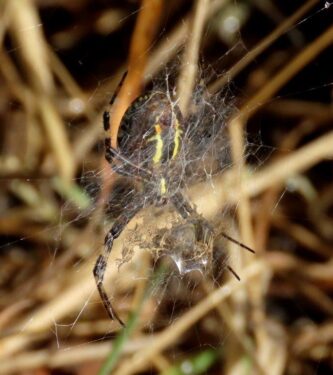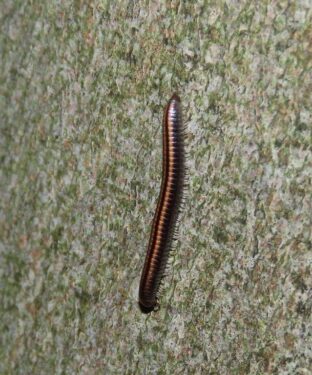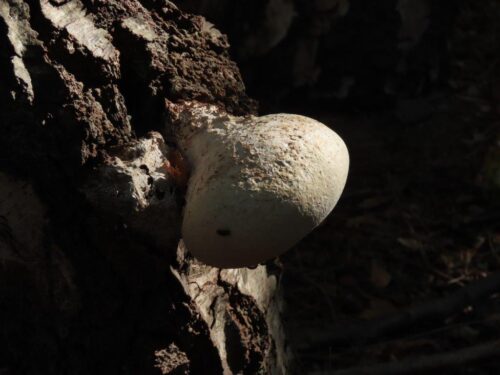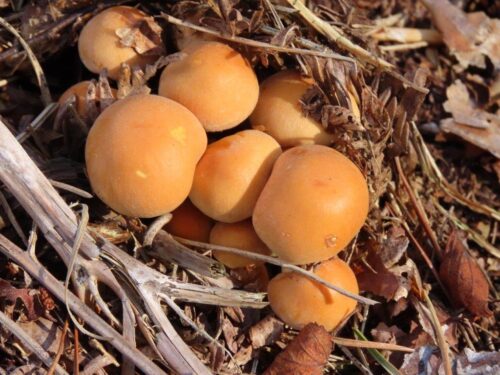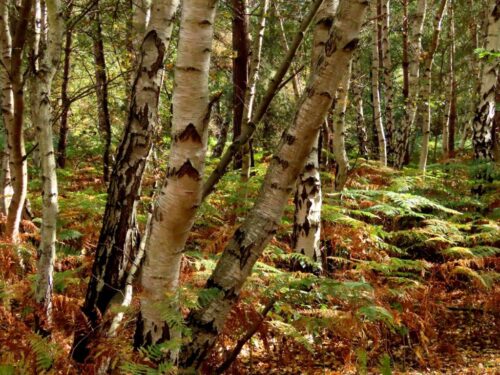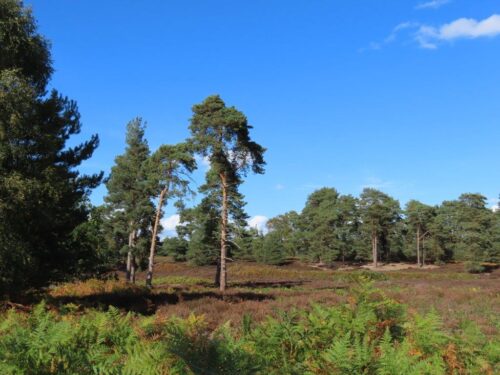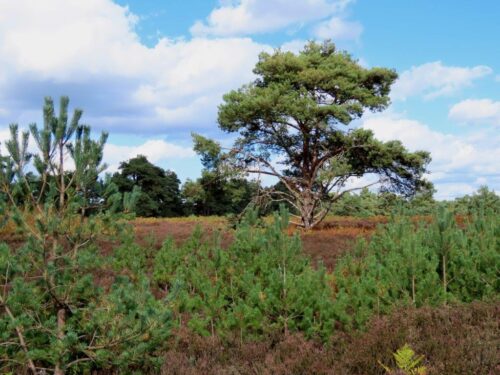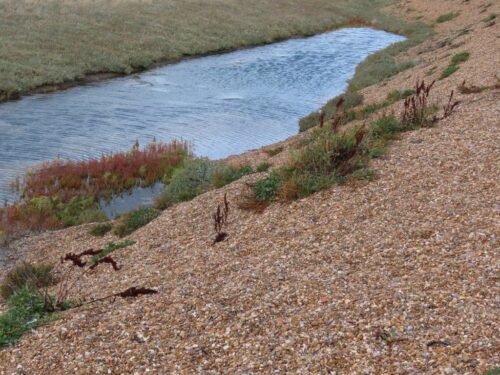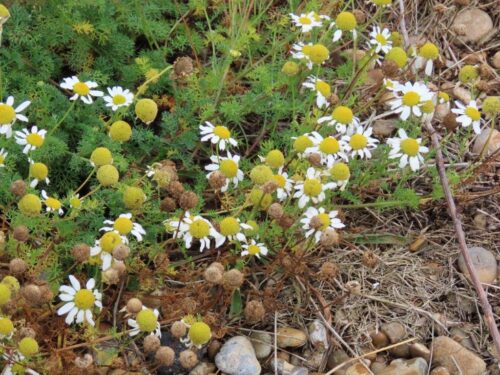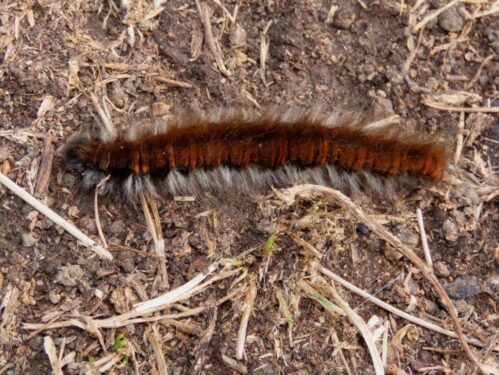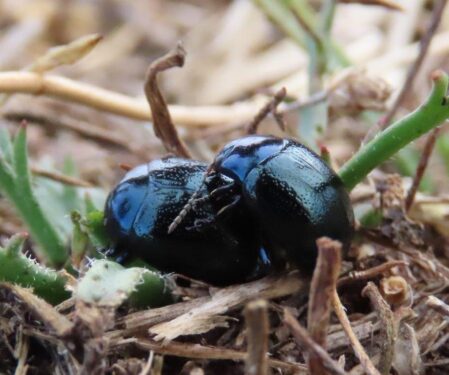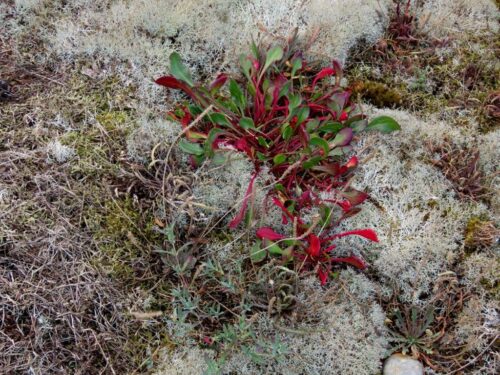Torrential rain, the first for several weeks, thankfully started to ease as a select group gathered for the first Greenwings southern Sandlings walk, and gave way to a much better day than forecast.
The Sandlings, with appropriately sandy soils in one of the driest parts of the country, are well used to drought: indeed their special flora and fauna thrives on it. But this year is like no other I have known, with three substantial droughts since April, and the one which came to a tumultuous end on the day of our trip has seen a premature cessation to the flowering season for many plants, a rapid autumnal de-escalation of insect activity and a near-total absence of fungi.
Nevertheless there was plenty for all to enjoy, from birds to botany, galls to geomorphology on Sutton Heath and Upper Hollesley Common. First and foremost lowland heath, its eponymous plant, Heather, still blooming in places, and along with Bracken, Western Gorse, Silver Birch and Scots Pine an ever present backdrop to our day.
Other flowering plants included Common Stork’s-bill and Great Mullein on Sutton Heath, and Climbing Corydalis, Bell Heather, Harebell, Smooth Cat’s-ear, Wood Sage and Common Calamint on Hollesley Common. For some reason, presumably of geology or historical management, the latter site seems to be significantly the more floristically diverse of the two.
But plants don’t need to be flowering to be interesting: the straight lines of Sand Sedge, shoots appearing at regular intervals along an underground rhizome, were good to see, especially as this plant is almost exclusively found on coastal sand dunes rather than inland heaths.
Butterflies were few and far between but included Small Copper and Small Heath, a vibrant, recently-emerged Common Blue, and Speckled Woods hiding well in the dappled shade of Birch and Pine trees.
A good number of true bugs were found sunning themselves, including Gorse Shield- (starting to assume its sombre autumn plumage), Green Shield-, Parent and Dock Bugs and the scentless plant bug Rhopalus subrufus.
Galls provided the ideal excuse to shelter from the wind and the last of the rain in the lee of an Oak tree near the car park. Indeed, once we immersed ourselves in the canopy, we were lost for half an hour among Spangles, Silk-buttons, Smooth Spangles, Marbles, Knoppers, Cola-nuts and Artichokes…
And careful searching of the leaves also reveals other riches. Here it was Oak Slug Sawfly larvae turning the leaves into honeycomb, and an iridescent sprite of a (presumed) chalcid wasp, perhaps a hyperparasite of one of the gall wasps.
Leaf mines too – as with galls, the combination of symptom and host plant can often give an accurate identity without ever seeing the insect. In this case the sinuous mine on Bramble can reliably be identified as belonging to the micromoth Stigmella aurella.
Although a very common plant, especially on heathland, Bracken doesn’t seem to have many insects which eat it, in part perhaps due to the toxins in its sap. But in just one little patch of Hollesley Common we found two pteridivores on the same fronds: the larval sawfly is probably a Strongylogaster species (how I long for an accessible guide to sawflies and their often distinctive caterpillars!) and the blackened structures are Little Black-pudding Galls, hosting the larvae of the gall-midge Dasineura pteridis. Given the ubiquity of the host, records of the gall-midge are surprisingly thinly scattered across the country, and in the Sandlings known only from the far north. In fact this site, this few square metres of a very large site, are the only place I have ever seen it – and what is even more surprising is that I was able to find the infected fronds once again after two months…
Then of course there were adult insects and other invertebrates to be found with four pairs of keen eyes looking. From Common Darters, Sand Wasps and a Devil’s Coach-horse to Common Field Grasshoppers and Oak Bush-cricket, to Wasp Spider (which typically resolutely kept her back to an impenetrable bank of Brambles) and the Striped Millipede, a specialist of sandy ground.
We had been hoping that this time of year would prove fruitful for fungi. However the lack of rain in the past month ensured that we actually had more time to search for insects! Birch Polypores and a scattering of Sulphur-tufts newly emerging gave just the merest hint of likely future riches. Nevertheless, the few fungi around did provide opportunity for the word of the day…’infundibuliform’…
And we haven’t even mentioned the birds… A couple of Woodlarks flew low over just after we started, and snatches of their song cadences washed over both heaths. A noisy flock of 15 Crossbills played hide and seek with us, and a steady flow of Meadow Pipits headed west during the morning. Robins, probably mainly migrants, were ‘ticking’ everywhere in the woods, while roving mixed noisy bands of tits, Goldcrests, Siskins and Chaffinches rampaged through them.
Quite a contrast for our final walk, on the coast at Shingle Street: the wind had become really very strong, in advance of an advancing rain front. But, although in full sight, the rain was kind enough to hold off until our day in the field was finished.
A field full of Curlews, some 70 in total, and a couple of Wheatears provided the bird interest. The special flowers of the shingle ridges were almost past flowering, some like Sea Pea and Sea Kale in full seed, others with flowers remaining – Sea Mayweed, Viper’s-bugloss and Sea Campion, the latter often infected by Anther Smut.
Fox Moth caterpillars were on the march in their dozens, fully grown and on the look-out for a safe hibernation site, and it was clearly also an emergence day for crane-flies, a hazardous business in the wind, running the risk of North Sea oblivion. The only other insects, a shiny pair of leaf-beetles, were playing it safe by sticking close to the ground, and to each other…!
A place of uncompromising stark beauty: the sun-screened Sea Beet at Shingle Street amid the muted palette of lichen heath, at the end of a great day.
